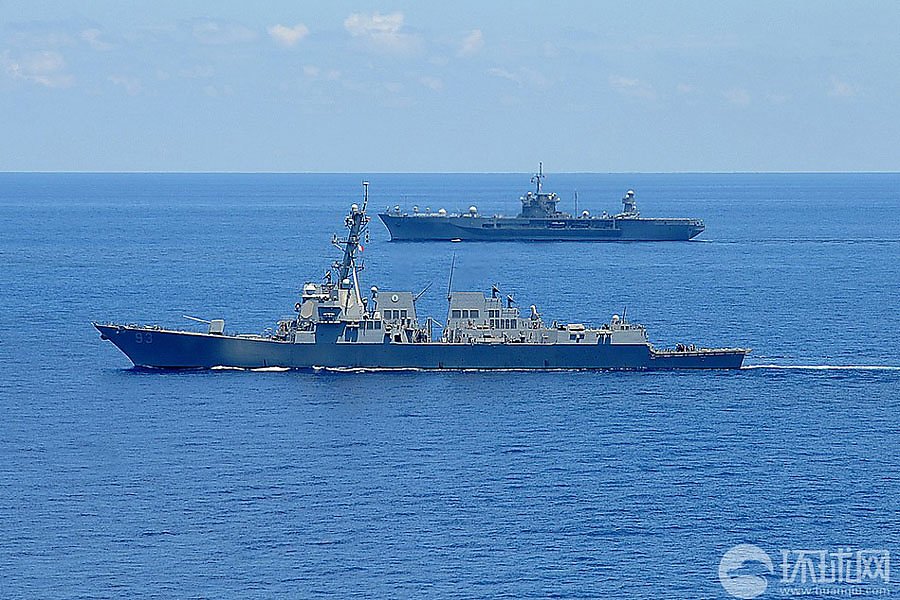The United States is attempting to use its military to check Chinese military and political assertiveness in East Asia. Yet Beijing has not responded to American freedom of navigation operations in the South China Sea (SCS), increased troop deployments to the region, and deepening political/military relations with former adversaries by changing course. Instead, China has reacted with its own form of military escalation.
In response to Beijing’s intransigence, prominent U.S. policymakers, think tanks, and scholars advocate policies that impose higher costs on Chinese actions. This singular focus on cost imposition is dangerous because it ignores the “benefit” aspect of coercive strategies and places China in a corner. Cost imposition has utility, but it should not be the only leg for U.S. policy to stand on.
Coercive strategies work by manipulating a target state’s cost/benefit calculation to prevent it from taking certain actions (deterrence) or force it to take certain actions (compellence) to the benefit of the coercing state. Advocates of greater cost imposition in the SCS want to deter aggressive Chinese actions by making the costs of such actions greater than the benefit that would accrue to Beijing. However, the high value that China places on the SCS implies a very high level of cost necessary for deterrence to be successful.
Complicating the task of deterrence further is the fact that China has shown a willingness to escalate its military presence and bellicose rhetoric when confronted. This suggests that any increase in costs inflicted by the United States will be replied to in kind by China. Such a dynamic is ripe for dangerous escalation, which undermines a stated U.S. goal of “peace and stability” in East Asia.
Instead of focusing on cost imposition, U.S. policymakers should devote more effort toward the benefit side of China’s cost/benefit equation. China’s willingness to respond to American displays of military presence in kind shows that Beijing thinks it can gain more from escalating than backing down. It will be difficult to move Beijing away from its territorial ends, but Washington can counteract the ongoing escalation spiral by offering incentives for China to change its means in the SCS.
On the pressing issue of whether or not China will conduct island building in the Scarborough Shoal, the United States could agree to not go through with plans to set up “permanent logistics facilities” at five military bases in the Philippines so long as China does not engage in island building at the shoal. Such an agreement would benefit China by keeping the U.S. military presence in the Philippines at its current level while avoiding the diplomatic costs associated with island building. The United States would benefit from reducing escalation risks in the SCS. Washington could also retain the ability to impose costs on China through its position at Subic Bay, which would not be affected by this agreement. Importantly, the United States could make sure Beijing upholds its end of the bargain via satellite imagery of Scarborough Shoal.
The approach outlined above would likely be difficult to implement for a host of reasons, and it is certainly no silver bullet for solving U.S.-China tensions in the SCS. However, taking a step back from cost imposition will serve U.S. policymakers well in crafting an effective coercive strategy to prevent armed conflict. The most important task for American policymakers is to prevent deterioration in U.S.-China relations to the point that China has more to gain from conflict than cooperation. A “nothing to lose” mentality in Beijing would be a major problem.

